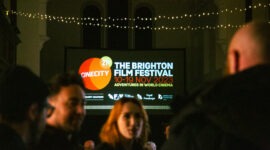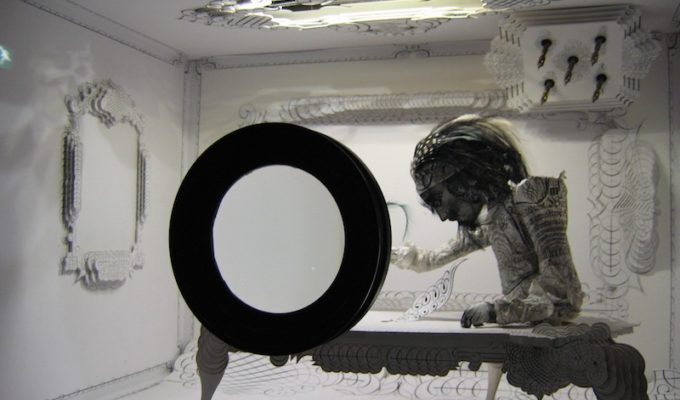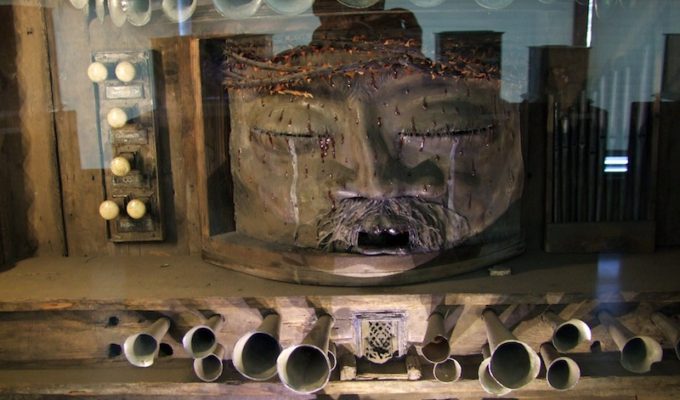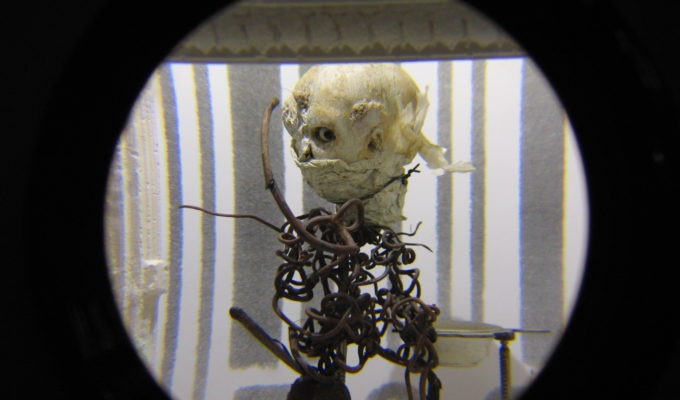Inventorium: Quay Brothers (2008)
University of Brighton Gallery
Saturday 21 November – Saturday 20 December 2008
An exhibition dedicated to the work of visionary film-makers the Quay Brothers, curated by CINECITY in the University of Brighton Galleries. The exhibition was complemented by a full screening programme and an in- conversation event during the 6th edition of the film festival.
The Quay Brothers’ visionary and poetic cinema has established them as among the most respected and imitated of film-makers. Their highly stylised visual worlds are enigmatic and other-worldly, a landscape of bizarre fairy-tales and strange dreams. Caught between myth and nightmare, they take us to forgotten rooms and lost streets where we find oddly constructed puppets, broken doll parts and peculiar machines. Their work is informed by the culture of Eastern and Central Europe, especially by the expressionist and surrealist characteristics found in the work of Polish author Bruno Schulz whom the Quays describe as, “the secret catalyst of (all) our work.”
Exhibitions
DORMITORIUM:
Film Décors of the Quay Brothers
A collection of wonder-cabinets; each one a small world of puppets, objects and scenery related to one of their films including Street of Crocodiles and Institute Benjamenta. Every box is a carefully designed three-dimensional environment of mystery and imagination.
EURYDICE – SHE, SO BELOVED combines an optical box with an anamorphic painting and a video projection. Inspired by the classical story of love and loss as Orpheus enters the underworld in an attempt to bring his deceased young bride, Eurydice, back to the world of the living, the installation is a collaboration between the Quays, choreographer Kim Brandstrup, the Royal Ballet’s Zenaida Yanowsky and the opera singer Simon Keenlyside.
To complement INVENTORIUM, we presented a selection of Polish film posters from the Quay’s own collection, complemented by posters held by Design Archives at the University of Brighton. Polish poster design is one of the 20th Century’s most distinctive art forms and a key influence on the work of the Quays.



